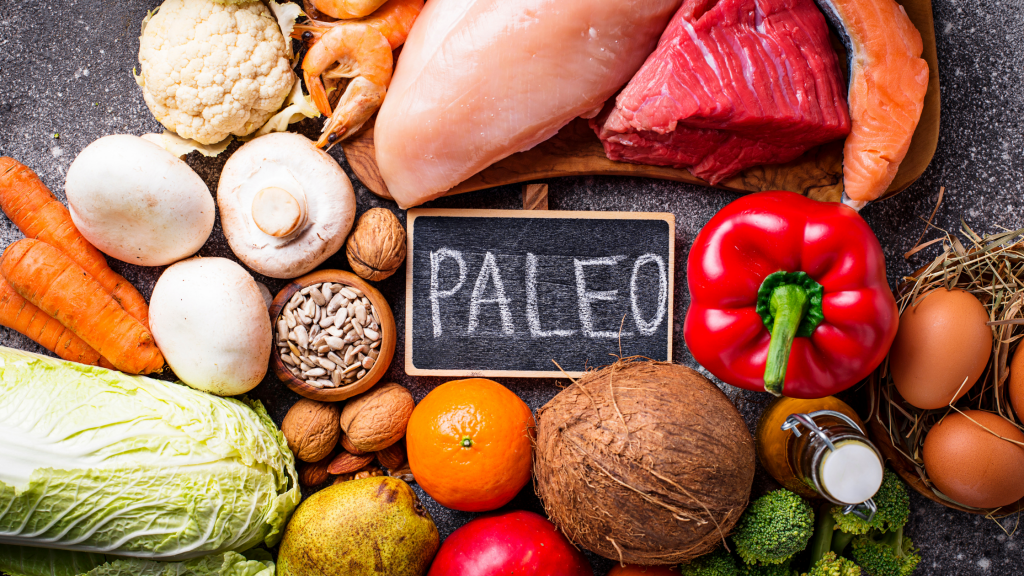
How did people eat millions of years ago before we had factories to process and package food to be easily accessible for purchase from a store? Many people have heard of the Paleo diet as a way to get back to eating how humans ate when they first roamed the earth. But what is the purpose of this diet, who is it for, and what can you do to be successful?
What is the Paleo Diet?
The Paleo diet, short for Paleolithic diet, is based on what human hunter-gatherers ate before modern civilizations started mass-producing food. Back then we didn’t have access to the processing or technology that is used to make many of the processed foods we eat today. So the focus is on whole foods, exactly the way they appear in nature.
The idea is that hunter-gatherers had lower rates of lifestyle diseases like obesity, diabetes, heart disease, and more. Between eating only whole foods and leading a physically active lifestyle, it’s hypothesized that we can go back to that way of eating in order to improve our health and avoid lifestyle diseases that are increasing at alarming rates.
What do you eat on the Paleo Diet?
When following the Paleo Diet, you will focus on eating whole foods and avoiding processed foods. If it’s not something that you can either hunt or gather from nature, then it’s not on the list of foods you’re allowed to eat on this diet.
You can eat: meat, fish, eggs, vegetables, fruits, nuts, seeds, herbs, spices, healthy fats, oils
You can drink: water (some still drink tea and coffee as well)
You should avoid: all processed food, sugar, soft drinks, grains, most dairy, legumes, artificial sweeteners, vegetable oils, margarine, trans fats
Who is the Paleo Diet best for?
If you’re looking for a diet that will promote overall better health, as well as weight loss, then it might be a good idea to look at the Paleo Diet. Although most of the studies done have been very small samples, there have been several studies that show that switching to a Paleo diet can cause weight loss and improve a lot of things like cholesterol.
One study looked at 13 people with type 2 diabetes who followed either a paleo diet or a typical diabetes diet for three months. The individuals that followed the Paleo diet lost 6.6lb more than those on the typical diabetes diet and their HbA1c decreased by .4% when compared to the diabetes diet group. Another study showed that after just 10 days on the Paleo diet, nine healthy people in the study saw positive effects on their health such as cholesterol down 16%, LDL (bad) cholesterol down 22%, and triglycerides down 35%.
For your best chance at success on the Paleo diet, follow the diet by focusing on whole foods, avoiding processed foods, and moving your body daily the way our ancestors did. Making sure you have access to the right food and can easily avoid the wrong food (by not having it in your home) will help you make the right choices in following the Paleo diet. As with any diet, it may take time for your body to adjust and for you to get used to it so it’s ok to transition slowly or switch cold turkey depending on what works best for you.
